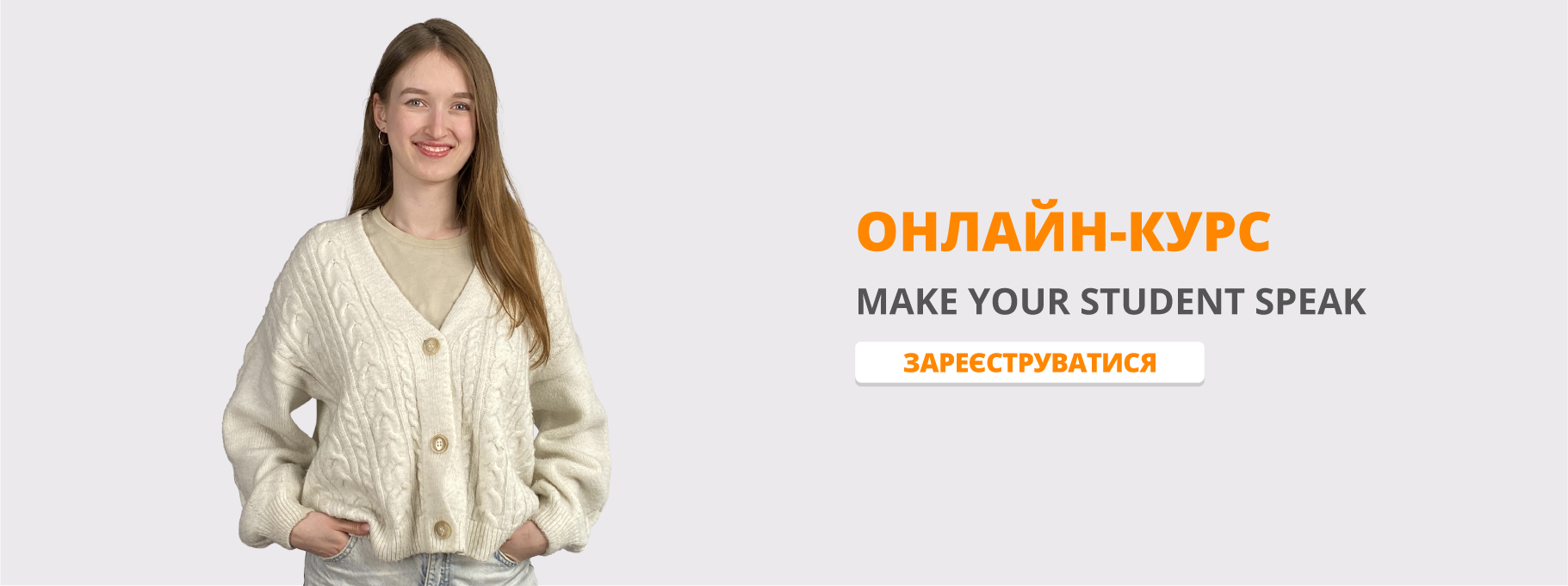Урок з англійської мови "MY FRIENDLY FAMILY"
План-конспект уроку з англійської мови 2 клас ( підручник О.Д. Карп`юк)
MY FRIENDLY FAMILY
Мета:
навчальна: презентувати новий граматичний і лексичний матеріал за темою «Моя сім'я»; та «Знайомство»; формування навичок уживання нових лексичних одиниць,удосконалювати компетенції читання,аудіювання й усного монологічного мовлення.
розвивальна: розвивати навички аудіювання, спонтанні відповіді на запитання та швидку реакцію;ефективно співпрацювати під час парної та групової роботи.
виховна: виховувати вміння сконцентруватися, слухати інших, формувати доброзичливу атмосферу в класі.
Обладнання: м'яч, , картки за темою «Сім'я», плакат «Дієслово to be».
Revise personal pronouns.
Point at a boy and a girl in the class and say “he / she”. Point at boys and girls and say “they”.
Point at yourself and say “I”. Come up to somebody. Take his / her hand and say “we”. Then point at somebody else and say “you”.
Ask a pupil to come to the front of the class and repeat the actions. If the pupil hesitates, help him / her.
Look and match.
Stick the family cards to the board. Teach four of the eight words using flashcards: mother, father, daughter, son.
Point to the flashcards and make sure the whole class can see them. If necessary, walk round the room and show them to the pupils.
Pronounce every word clearly.Do choral and individual repetition. Follow the same procedure three or four times.
Write the words and stick the flashcards under the words. Ask the pupils to spell the words. Draw the pupils’ attention to the word “daughter”.
When you have practiced these four words thoroughly, teach the other four words: aunt, uncle, sister, brother. Use the flashcards and follow the same procedure.
.
`1. Listen and repeat (p. 12, ex. 2).
Read the dialogue and act them out. In pairs, pupils read and practice dialogue . One or two pairs act out the dialogue.
Then work with the poster “The Verb to Be” or write down the verb to be with different personal pronouns on the board.
Read and translate the meaning of the verb to be into students native language. Explain the short forms too.
2. Point at one of the pictures (p. 16, ex. 1).
Help pupils to ask you a question about the picture using “Is she Tracy?”
Pupils answer the question using short answers about the family members in the picture.
Help and correct pupils if they have difficulties.
Read the sentences. Pupils listen.
Ask the pupils to repeat the dialogues.Monitor the activity and help if necessary.
3. Point and say (p.12,ex.3)
The teacher can describe the people. Pupils listen and then repeat after the teacher.
Then ask the pupils to listen to the dialogue and ask the pupils to describe the other members of the family.
The teacher can describe these people.
4. Look and say ( p.13,ex.4)
Pupils look at the picture and read the words.After that they match the pictures and the words. They finish the sentences
Pupils repeat after the teacher.
Hands up!
Hands down!
Hands on hips!
Sit down!
Stand up!
Hands to the sides!
Bend left!
Bend right!
1 ,2, 3-Hop!
1,2,3-Stop!
Stand still!
5. Listen and sing (p.13,ex5)
Look at the picture p.13,ex.5.What do they see?
Revise the family words using the flashcards: mother,father,sister,brother.
Do choral and individual repetition.
Read the words of the song ,pausing after each phrase.
Say the line and tell pupils to repeat after you.
Sing the song chorally.
Optional activity
Game “Arrange the Cards”
Game “The Spelling Game”
Summarizing
Finish the lesson by saying “Goodbye” to the pupils as they leave.
Further practice Use Workbook tasks at the lesson or at home


про публікацію авторської розробки
Додати розробку
